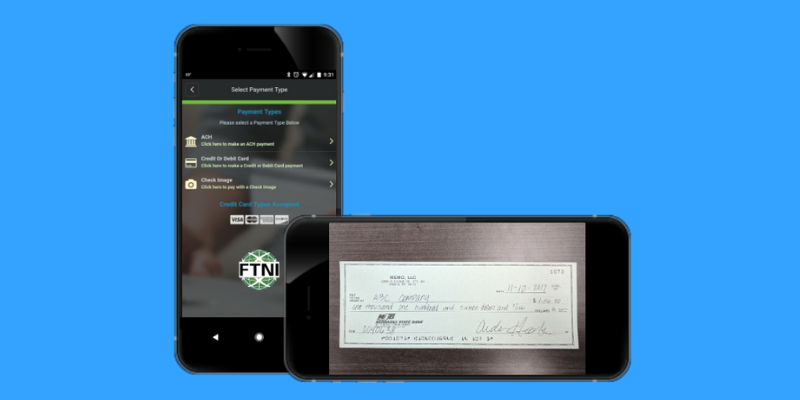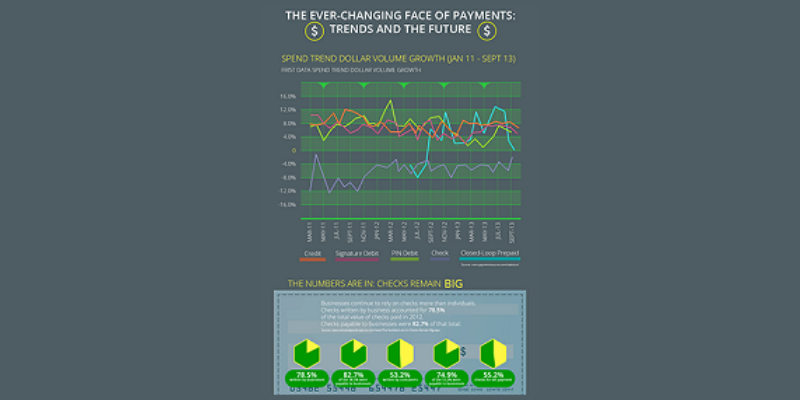Contact Sales (402) 933-4864
Contact Sales (402) 933-4864
Written by: Kurt Matis
 Whether you’re one of the world’s largest corporations, a small Internet store or somewhere in between, doing business online is a requirement in today’s connected economy—B2B organizations are no longer the exception. And making the leap from online business to mobile business is increasingly a priority as business customers expect the companies they interact with to make the move to mobile right alongside them.
Whether you’re one of the world’s largest corporations, a small Internet store or somewhere in between, doing business online is a requirement in today’s connected economy—B2B organizations are no longer the exception. And making the leap from online business to mobile business is increasingly a priority as business customers expect the companies they interact with to make the move to mobile right alongside them.
For most businesses, however, making the move to mobile is proving a bit more complicated than it might have first sounded. Taking your business mobile is about more than creating a cool app to sell your products and services, it’s about invoicing, electronic bill presentment and payment (EBPP) and 24/7 account management. It’s about doing all that safely and securely while offering a great end user experience.
Mobile also means customers can do business with you around the clock…from anywhere, on any smart device. What better way to grow your business even while you sleep, right? Yet mobile business is more likely to keep you up at night given all the headlines around security, online fraud, identify theft, data breaches and the explosion of malware threats.

According to NQ Mobile, a Dallas-based mobile security software firm, 65,000 new mobile malware threats were released worldwide in 2012 – up from 24,000 the year before. That’s a 170% increase in twelve short months. Malware and phony app sites can direct unsuspecting mobile users to sites where they give up sensitive personal information, such as bank account numbers and passwords.
While the big benefits of mobile business and consumer demand continue to create channel pull, a new level of security requirements deliver a heavy counterweight to progress. For many companies, mobile security issues are nothing short of daunting. In our latest mobile payments security infographic, we uncover some common security concerns that continue to create barriers to mobile payments adoption for many businesses:
The complexity of deploying mobile solutions can also stall business adoption. According to a 2014 survey conducted by Statista:
While rapid movement in the mobile space is bringing us closer to a set of clear security standards, it will take some time yet before the standards are widely adopted and deployed.
Newer standards still emerging include:
In the meantime, mobile business benefits abound. What business doesn’t want to lower transaction processing costs, lower new customer acquisition costs, reduce invoice remittance windows and improve customer loyalty? Despite these proven benefits, complexity, confusion, and security issues can easily force just about any company to lose sight of managing and growing their core business…taking their eye off the proverbial ball. It’s a ‘shiny object distraction’ that is frankly, impossible to ignore.
With so much perceived risk and uncertainty around online and mobile business from financial institutions and businesses alike, along with strained IT resources, solutions are beginning to emerge from third-party vendors that specialize in payment acceptance, processing and security across channels, including mobile. Such solutions bring B2B mobile payments into the fold, fully integrating them into current receivables processes while delivering an underlying security and compliance framework that takes significant burden off of the business. Such systems can also deliver integration and consolidation of disparate payment systems into a single, secure, PCI-compliant platform that simplifies the accounts receivables process from end-to-end.
After all, there’s no value in adding yet another payment channel or method to your receivables processes if it simply adds more complexity. Complexity breeds discontent for employees and customers alike. There’s no better time to step back and evaluate your current technologies and processes than when you’re considering adding to them. Take the opportunity evaluate what you currently have in place and begin charting a course to truly integrated receivables (any payment type, via any payment channel) and straight through processing on a single platform.
Here’s a helpful recap of some evaluation criteria to include in your mobile payments platform analysis:
Mark Schwanhausser, Director of Omnichannel Financial Services at Javelin Strategy & Research, recently encapsulated the mobile market temperature by advising, “Mobility is rapidly rewiring the way consumers think. Mobile-toting Americans demand simplicity, any-time convenience, immediate answers, pre-emptive alerts, personally relevant information and advice, an attitude of transparency, and time-saving options– all done safely and securely.” This may not be news in the B2C world, but for B2B companies, the race to adopt mobile is a dead out sprint. Let’s not forget, B2B professionals are people too, they are using B2C mobile technology in their own consumer lifestyles and the savvy ones are increasingly finding ways to leverage the same technology within their B2B business processes!
If all this sounds like a tall order, it certainly is, but the mobile market opportunity is equally tall, and fortunately—technology partners who can help lighten your load are emerging to help.
Originally published January 30, 2015.
[1] Source: Statista, 2014
[2] Source: cloudfront.net

Let’s face it, the traditional processes surrounding the processing and management of...
Read More
There’s never been a better time to start taking advantage of the new technologies that are...
Read More
As we take a look at recent trends, data and what we are seeing with our own customers, a few...
Read MoreFinancial Transmission Network, Inc.
13220 Birch Drive, Suite 120
Omaha, NE 68164
Sales: +1 (402) 933-4864